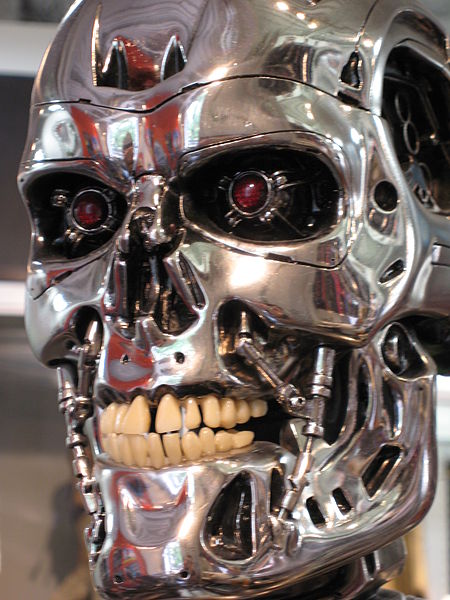The potential for this human-machine merger isn’t lost on DARPA, the research arm of the U.S. Department of Defense. “There are a couple of very interesting things happening as we speak facilitating humans and machines working together in a very different way,” said Justin Sanchez, director of DARPA’s Biological Technologies Office, in an interview with Computer World.
Indeed, we are already seeing this to a certain extent with the latest developments in exoskeleton technology. We now have smart exoskeletons that help paralyzed people walk again or improve the strength and endurance of the average person. “I think the recent science and technology developments we’re making at DARPA, as well as the embracing of physiology and A.I., is enabling us to set up the conditions for profound changes on how humans and machines can work together,” Sanchez added. “We are giving our physiology the opportunity to work with machines in a different way.”
(Read the rest of the story here…)
